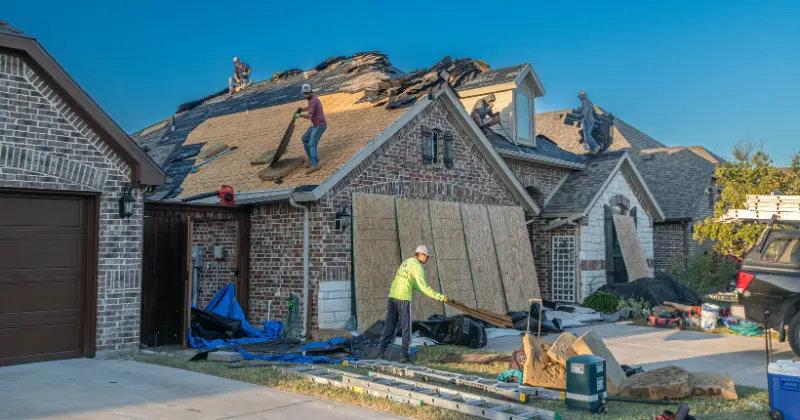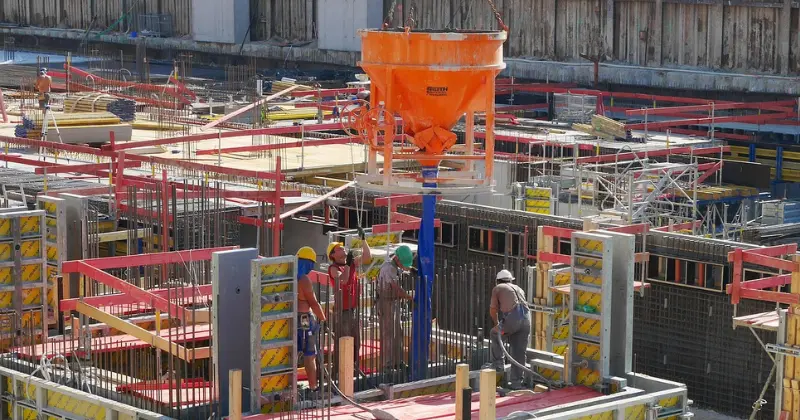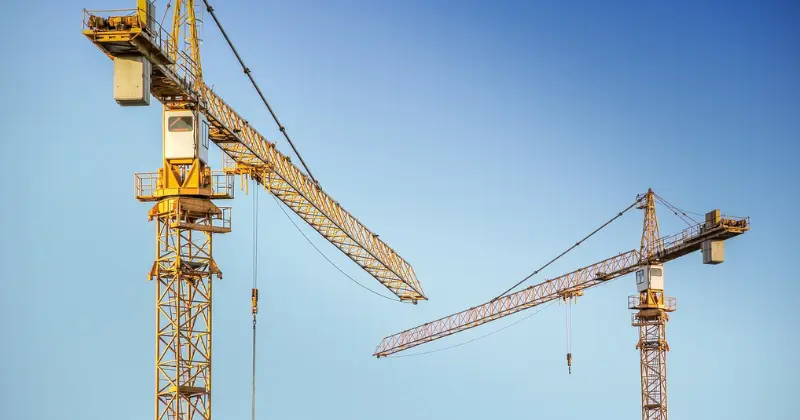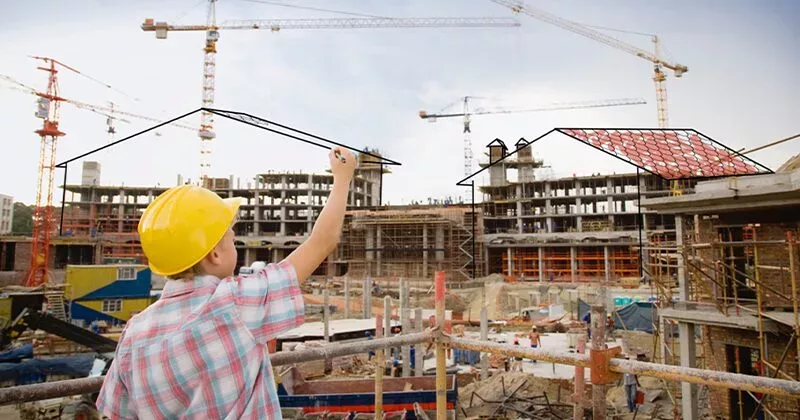11 mins read
Reviewing 15 Construction KPIs that Add Value and Improve Performance

Measuring progress and defining success are essential tasks in the construction industry, but with so much performance, cost, and quality data at our disposal, it can be hard to know what to focus on. Tracking too many factors leads to data overload, while a lack of performance monitoring can leave projects in the dark. That is what makes it so important to select and monitor the right key performance indicators (KPIs) to include in your construction reports.
In this blog post, we review the concept of construction KPIs and the ways they add value for project managers, clients, and other construction roles. We also provide a list of 15 essential KPIs that span all facets of the industry.
What are Construction KPIs and Metrics?
Construction KPIs are a type of metric used to measure the progress and performance of a construction company or project in specific areas. Tracking KPIs allows business leaders to determine whether they are functioning according to plan and make data-based decisions.
Construction metrics include any quantifiable measurements that can be used to track performance, whereas KPIs are strategically chosen to summarize and trend progress toward goals in areas deemed most important. KPIs and metrics often include a sampling of financial, operational, safety, and quality values and calculations that summarize the overall status for a facet of the business, a specific project, or the entire organization.
Why are Construction KPIs Important?
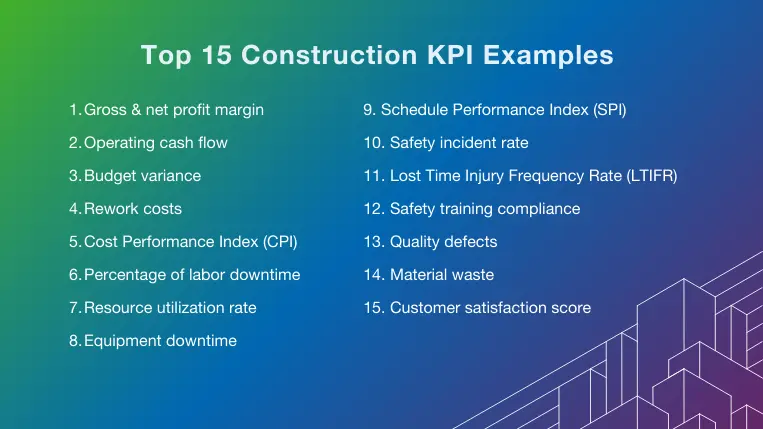
As the poet Maya Angelou once said, “You can’t really know where you are going until you know where you have been.” This line sums up the value of KPIs in construction since they reveal important baseline information that allows teams to track their progress and improve over time or compare performance between different projects or companies. In this way, KPIs become the “vital signs” that help to define the overall condition.
As a key part of successful construction business intelligence, KPIs must convey high-level information from diverse sources using a single representative value or percentage, which is not always an easy task. Metrics that are true indicators of status vs. plan, financial performance, and responsiveness vary depending on the type and scope of the project, so KPIs should always be carefully selected, with input from all stakeholders, to ensure they help to move the business in a positive direction.
Top 15 Construction KPI Examples
Construction industry KPIs must cover as much meaningful ground as possible with a small number of metrics. While each project, company, or team places more importance on specific areas of operation, our wide-ranging list includes those that are often tracked by successful organizations.
Financial KPIs
1. Gross & net profit margin
The gross profit margin is a commonly tracked KPI that is the difference between the cost of goods (COGS) and the revenue (sales). The net profit margin also subtracts indirect costs like administrative fees, taxes, and insurance from the revenue to paint a more accurate picture. Construction companies track these KPIs carefully to ensure changing material, labor, and equipment costs do not undercut profitability.
2. Operating cash flow
As the name implies, the operating cash flow is a snapshot of the money flowing into a business through sales and other revenue, as compared to the money flowing out to pay for labor, materials, and other expenses. Operating cash flow KPIs exclude investments like construction equipment purchases and the repayment of loans and other debts. This metric provides a simplified and useful indicator of real-time financial health.
3. Budget variance
Budget variance is another easily calculated metric that is simply the difference between budgeted project costs and actual costs. Rather than waiting until the project is completed to calculate this KPI, tracking the variance regularly gives project teams an early warning when expenditures increase, and corrective action is needed to maintain financial control.
4. Rework costs
Project teams strive to minimize the amount of rework performed, but design issues, errors, miscommunication, and material quality concerns are among the reasons construction projects spend an average of 5% of their budget on rework. These rework costs are useful and insightful construction project KPIs to track since they highlight systemic inefficiencies, planning issues, and communication gaps that might otherwise go unnoticed.
5. Cost performance index (CPI)
Another KPI for construction projects that helps to pinpoint budget issues is the cost performance index (CPI). The CPI is calculated by dividing the earned value (EV) by the actual cost incurred. The earned value is based on the percentage of work completed to date. If the CPI is greater than one, the project is under budget, while a lower value might point to overruns or other spending issues.
Operational KPIs
6. Percentage of labor downtime
In a perfect world (or project), workers would be fully allocated and busy completing important tasks during 100% of their scheduled time on the job. Unfortunately, weather delays, scheduling errors, equipment breakdowns, and other common construction site issues make it nearly impossible to reach this goal. Tracking downtime is a good way to gain insight into the productivity of individual crews and workers, as well as the overall project.
7. Resource utilization rate
The resource utilization is similar in concept to the percentage of labor downtime, but the intent of this KPI is to compare the total hours spent to the total hours available. For example, if a subcontractor needed to work 50 hours to complete a task within a normal 40-hour work week, the resource utilization rate would be 50/40 x 100 = 125%. This result might indicate that the subcontractor is being overworked, or the schedule is overly aggressive.
8. Equipment downtime
Tracking equipment downtime as a construction KPI helps to identify and eliminate waste associated with equipment repairs, maintenance, and unexpected failures. Downtime can also be the outcome when too much equipment is allocated for a given task. In either case, the equipment downtime metric sheds more light on deficient maintenance, scheduling, or equipment procurement practices that are out of sync with project requirements.
9. Schedule performance index (SPI)
The schedule performance index is similar in principle to many financial construction KPIs, using a ratio of actual vs. expected values to simplify KPI reporting. To calculate the SPI, project managers divide the actual hours of completed work content by the expected hours of work completed at any given point in time. A value greater than one indicates that the project is ahead of schedule, while lower values may be cause for concern or further investigation.
Safety KPIs
10. Safety incident rate
The safety incident rate is one of the most critical construction key performance indicators since it quantifies the number of work-related injuries, safety violations, and accidents over a predefined number of work hours. The goal of every construction company is to keep this value as close to zero as possible, to preserve employee trust, business reputation, and regulatory compliance. Tracking this KPI consistently is the first step towards achieving these goals.
11. Lost time injury frequency rate
The lost time injury frequency rate (LTIFR) is a valuable KPI used to baseline and assess the number of workplace injuries that lead to employees missing time on the job. The metric compares the total amount of lost time to the total number of available work hours. An uptick in LTIFR is an alarming trend for any company, since it may indicate serious gaps in safety protocols or training processes that require immediate attention.
12. Safety training compliance
Prevention is the key to jobsite safety, and robust safety training ensures contractors and other workers understand how to identify, avoid, and report workplace hazards while utilizing the appropriate personal protective equipment (PPE) and following safe practices. Safety training compliance, expressed as a percentage of employees who remain up to date, is one of the key performance indicators for contractors. It quickly reveals how well the workforce is keeping up with safety training requirements.
Quality KPIs
13. Quality defects
Minimizing quality defects is a common goal for project teams to ensure customers are satisfied, rework is minimized, and corrections are made in a timely manner. Quality defects include structural issues, poor workmanship, or substandard materials. While there are several construction KPIs examples related to defects, one common approach is to calculate a defect rate percentage by dividing the number of defects by the number of inspections performed.
14. Material waste
Material waste is another construction KPI that can be difficult to quantify, since it can come in many different forms when materials and other resources are overallocated, damaged, or lost. At the same time, waste is among the most essential metrics to track, since it directly impacts both financial and sustainability goals. Material waste KPIs can be reported as a dollar value, or as a percentage of materials wasted vs. materials consumed.
15. Customer satisfaction score
All KPI targets and goals should be based on improving productivity, quality, schedule adherence, and safety, ultimately leading to financial success and satisfied customers. Feedback from customers can also be emphasized by including the customer satisfaction score (CSS) as a KPI. Surveys with numeric ranking systems (e.g. 1-5 or 1-10) allow companies to learn from customer feedback as they track and compare scores for each project.
Final Thoughts
Construction KPIs and metrics are more than just numbers, charts, and graphs to fill the pages of status reports. When selected, monitored, and analyzed correctly, KPIs provide an opportunity for businesses and project teams to continually improve all facets of their operations.
State-of-the-art construction management software such as RIB 4.0 combines centralized access to data with interactive dashboards that help to convert KPI tracking into improved project efficiency and decision-making. An intelligent KPI monitoring system allows you to track the progress of hundreds of tasks and strategies to keep you better informed.
RIB Software empowers businesses around the world to unlock the power of data and weave a digital thread through their most essential tasks. Book a demo today and discover what RIB can do for your organization!
Most Recent
11 mins read
10 mins read
10 mins read
29 mins read
Blog Categories
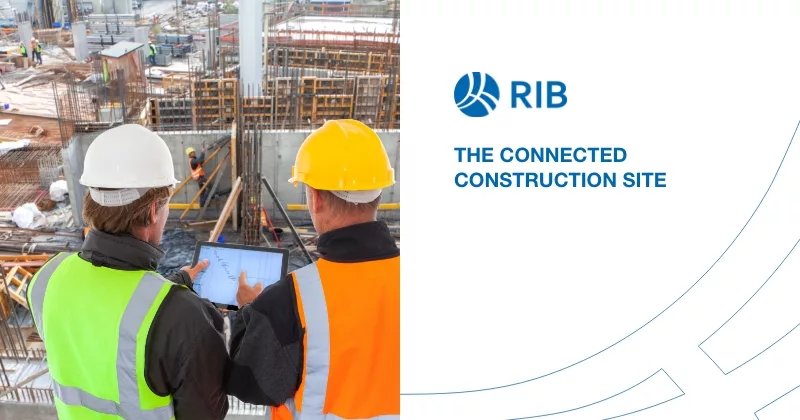
Ebook




